Plecos, or Plecostomus, are popular freshwater fish often kept in aquariums. One of the primary reasons for their popularity is their ability to clean algae and debris from tanks efficiently. Here Plecos seek shelter in caves in their natural habitat for safety and breeding purposes.
Creating a DIY Pleco cave is an inexpensive way to provide your pets with a sense of security while enhancing the aesthetic appeal of your aquarium. We will guide you through creating your DIY Pleco cave step-by-step. We will also cover the importance of caves for Plecos, ensuring their safety during assembly, maintenance, and cleaning of the cave, and alternatives to DIY Pleco caves. So let’s dive in!
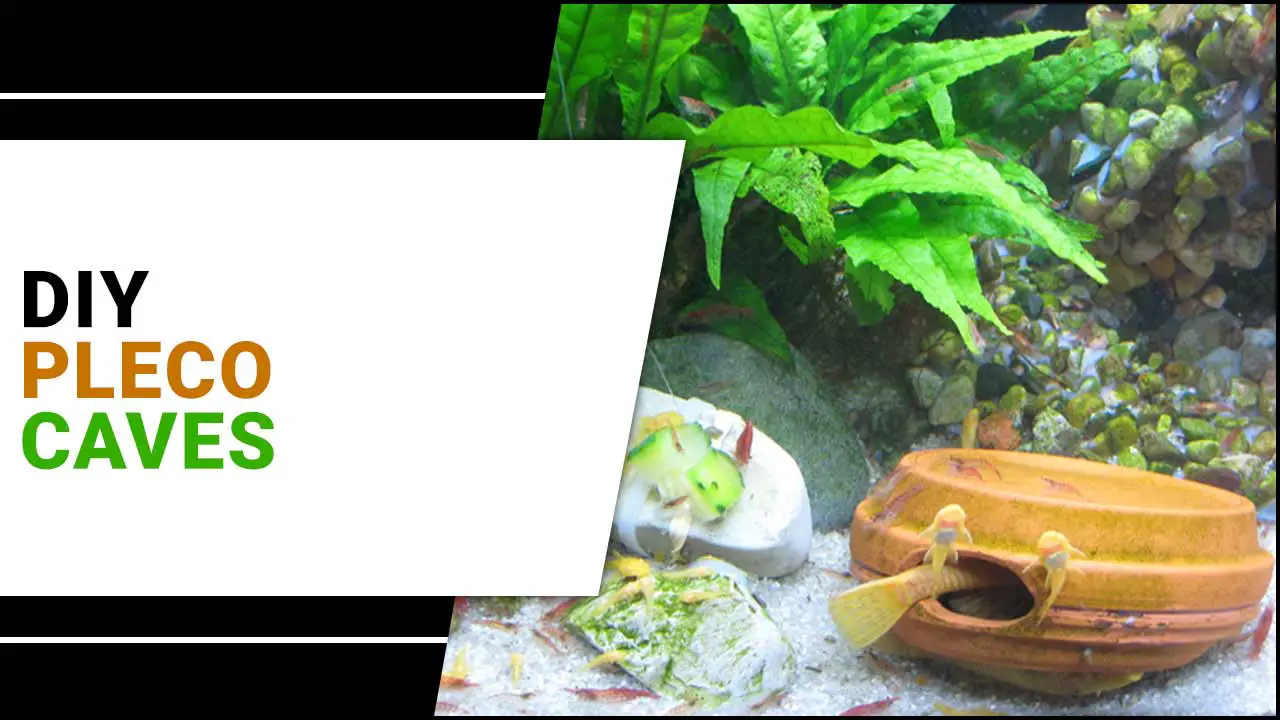
How To Create DIY Pleco Caves – You Should Know
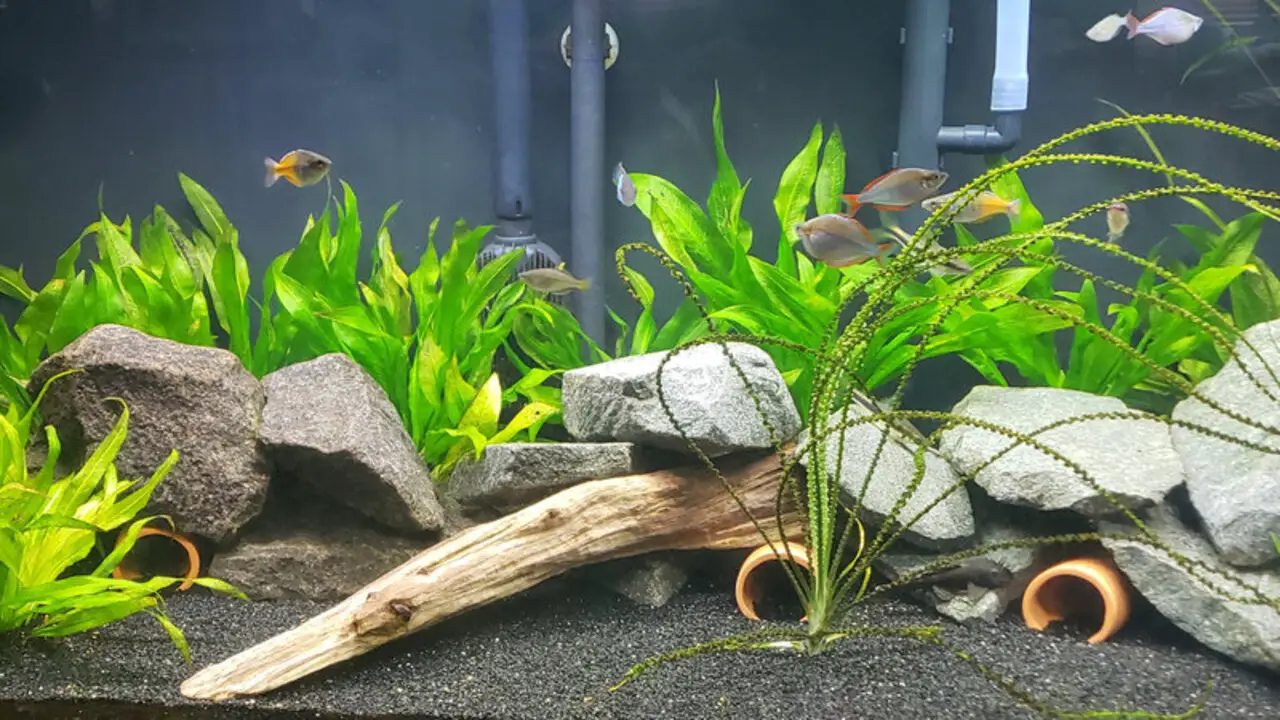
Making DIY Pleco Caves is a fun and cost-effective way to provide hiding places for your plecos in your aquarium. You will need specific materials such as PVC pipes, silicone sealant, and sandpaper to create the perfect caves. Additionally, following step-by-step instructions can help you achieve optimal results.
Before starting the project, research and understand the requirements of your plecos to ensure that the caves suit them. Once created, these caves provide a natural environment for your fish and add an aesthetic appeal to your aquarium setup.
Natural Habitat Of Plecos
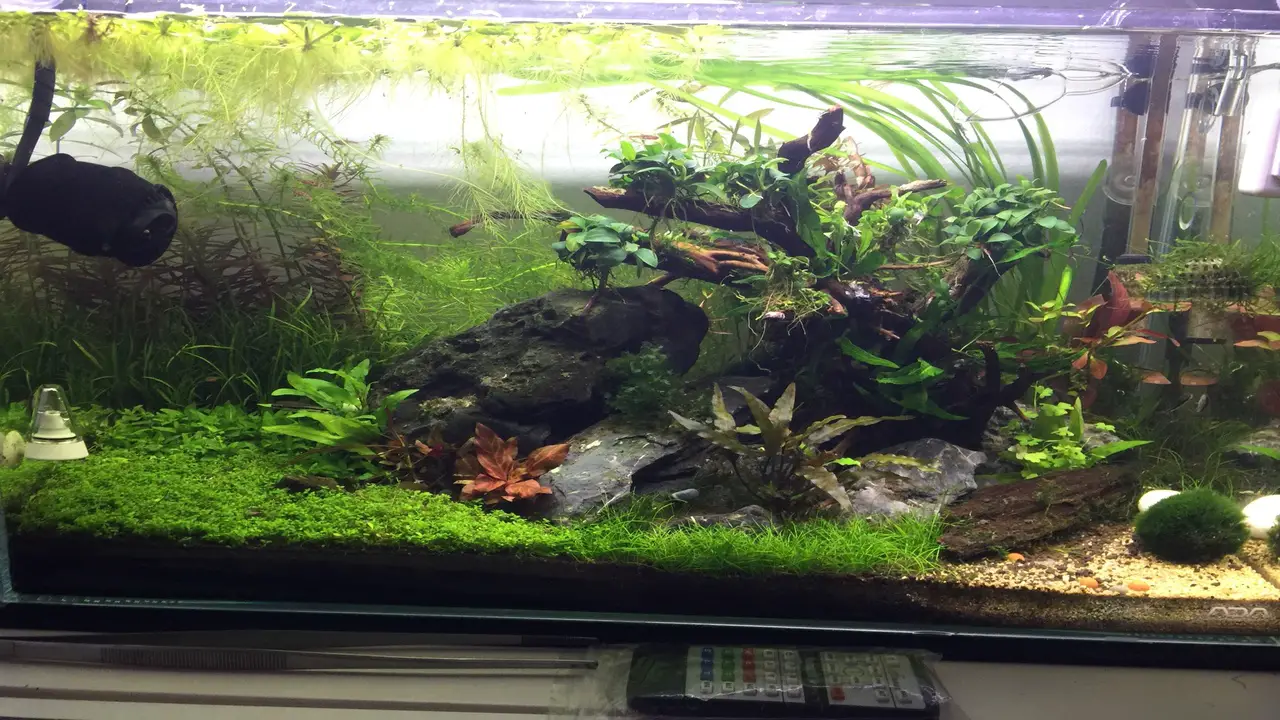
Plecos, a type of freshwater fish, prefer hiding spots like caves. You can create these hiding places for your plecos by making DIY-pleco caves as a pet owner. These caves can be made using materials such as PVC pipes, clay pots, or rocks. Providing your plecos with these hiding spots can help reduce their stress levels and increase their overall well-being.
Additionally, it can make your aquarium look more natural and aesthetically pleasing. It is important to ensure that the materials used to make the DIY-pleco caves are safe for your fish and do not have any sharp edges that could harm them.
Importance Of Caves For Plecos
Creating a suitable environment is essential to the well-being and survival of Plecos in aquariums. Providing caves for hiding, breeding, and reducing territorial aggression is crucial for their thriving. Caves can mimic the natural habitat of Plecos and provide them with a sense of security, ultimately reducing stress levels.
Additionally, caves serve as breeding grounds for Plecos, which lay eggs in them. Overall, creating an ideal environment that caters to their natural needs can enhance the quality of life for these fish and contribute to their longevity in captivity.
Shelter And Safety
Creating the right environment for plecos in their aquarium is essential for ensuring their safety and well-being. Providing adequate shelter is especially important as it enables them to feel secure and reduces stress levels.
In addition to this, hiding places like rocks, caves, or driftwood can encourage natural behaviour and promote a healthier lifestyle for these aquatic creatures. Maintaining clean water conditions and providing a balanced diet is also important to keep plecos healthy and happy in their aquarium habitat.
Breeding And Spawning Ground
To breed plecos successfully, providing them with a suitable breeding environment is crucial. This includes creating a spacious, comfortable breeding ground miming their natural habitat. The ideal breeding setup for plecos typically involves providing them with a slightly acidic and soft water environment, a flat surface for spawning, and plenty of hiding places. Additionally, ensuring the availability of high-quality food and maintaining water quality can help increase the chances of successful spawning and hatching of eggs.
Cost-Effectiveness Of DIY-Pleco Caves
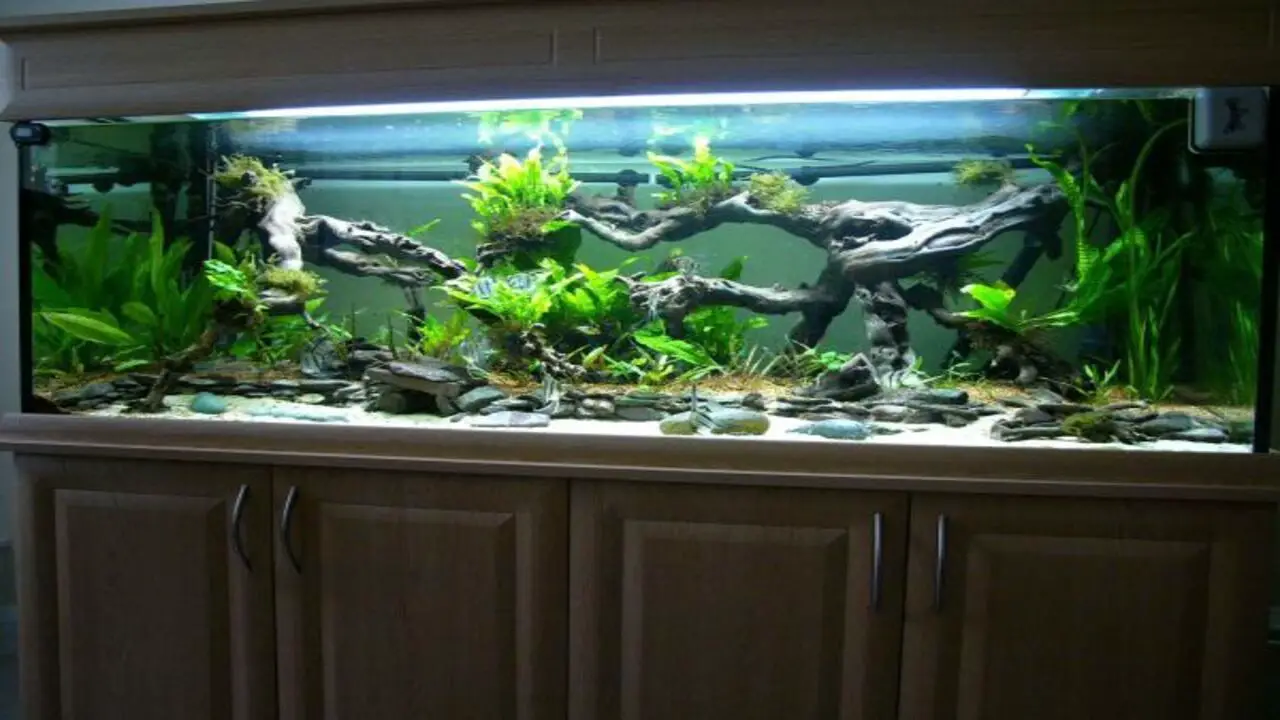
Creating your own Pleco caves is a cost-effective way of providing hiding spots for your fish while also allowing you to customize the design and size of the caves. You only need aquarium-safe materials like PVC pipes, clay pots, or rocks, and creativity to make caves that fit perfectly in your tank. Making Pleco caves can also be a fun DIY project that adds a personal touch to your aquarium setup.
Gathering Your Supplies
Creating a safe and comfortable environment for your pleco in your aquarium. You will need PVC pipe, silicone adhesive, and sandpaper to start. Choose the appropriate diameter for your pleco species and sand the edges to prevent injury. Next, use silicone adhesive to attach natural-looking driftwood or rocks to the PVC pipe.
Allow the adhesive to dry before placing it in your aquarium. This DIY project is a cost-effective way of providing hiding spots and shelter for your plecos and other fish in your aquarium while enhancing the tank’s aesthetics with natural-looking elements.
Choosing The Right Materials
If you are looking to create DIY-pleco caves for your aquarium, it is important to prioritize non-toxic materials. PVC pipes and clay pots are excellent options as they are safe for aquatic life and easily customized to suit your needs. PVC pipes are particularly durable and can be cut and assembled into various designs.
However, it’s crucial to rinse all materials thoroughly before placing them in your aquarium to remove any residue or debris that may harm the fish. Additionally, consider the size of your plecos when designing the caves to ensure they have enough space to move around comfortably.
Tools Required For The Task
If you plan to create DIY-Pleco caves, you’ll need some basic tools. A drill and saw are essential for cutting and shaping the material of your choice. Sandpaper is also necessary for smoothing rough edges and giving your caves a polished finish. Measuring tools like a ruler or measuring tape will ensure that you achieve precise dimensions during construction. A pencil or marker can help you make accurate cuts or holes in the right places.
It’s important to prioritize safety when working with power tools, so wear appropriate safety gear like goggles and gloves. If you’re unfamiliar with using power tools, it may be helpful to practice on scrap materials before starting your final project. With the right tools and safety precautions, creating your own Pleco caves can be a fun and rewarding DIY project for any aquarium enthusiast.
Step-By-Step Guide To Building A DIY Pleco Cave
Building a DIY pleco cave can be fun and rewarding for aquarium enthusiasts. Plecos, also known as suckermouth catfish, are known for their love of hiding in caves, so providing them with a suitable hiding spot can help to create a more natural and comfortable environment for these fish. Here is a step-by-step guide to building your DIY pleco cave:
- Gather the necessary materials. You will need a clay pot or PVC pipe, aquarium-safe silicone sealant, rocks or gravel, and any decorations you want to add.
- Clean the clay pot or PVC pipe thoroughly. Ensure that there are no chemicals or residues that could harm your fish.
- Apply a generous amount of aquarium-safe silicone sealant to the bottom of the pot or pipe.
- Place the rocks or gravel onto the sealant, pressing them firmly into place to create a stable base.
- Stack additional rocks or gravel on the base, creating different levels and openings for the plecos to explore and hide in.
- Add any decorations you desire, such as artificial plants or driftwood, to enhance the aesthetic appeal of the cave.
- Allow the silicone sealant to dry completely before placing it into your aquarium.
Remember to consider the size of your plecos when building their cave, ensuring they have enough space to enter and move around inside comfortably. You can create a unique and functional pleco cave with creativity and patience to provide your fish with a safe and cosy retreat in their aquatic home.
Safety Measures While Crafting Diy-Pleco Caves
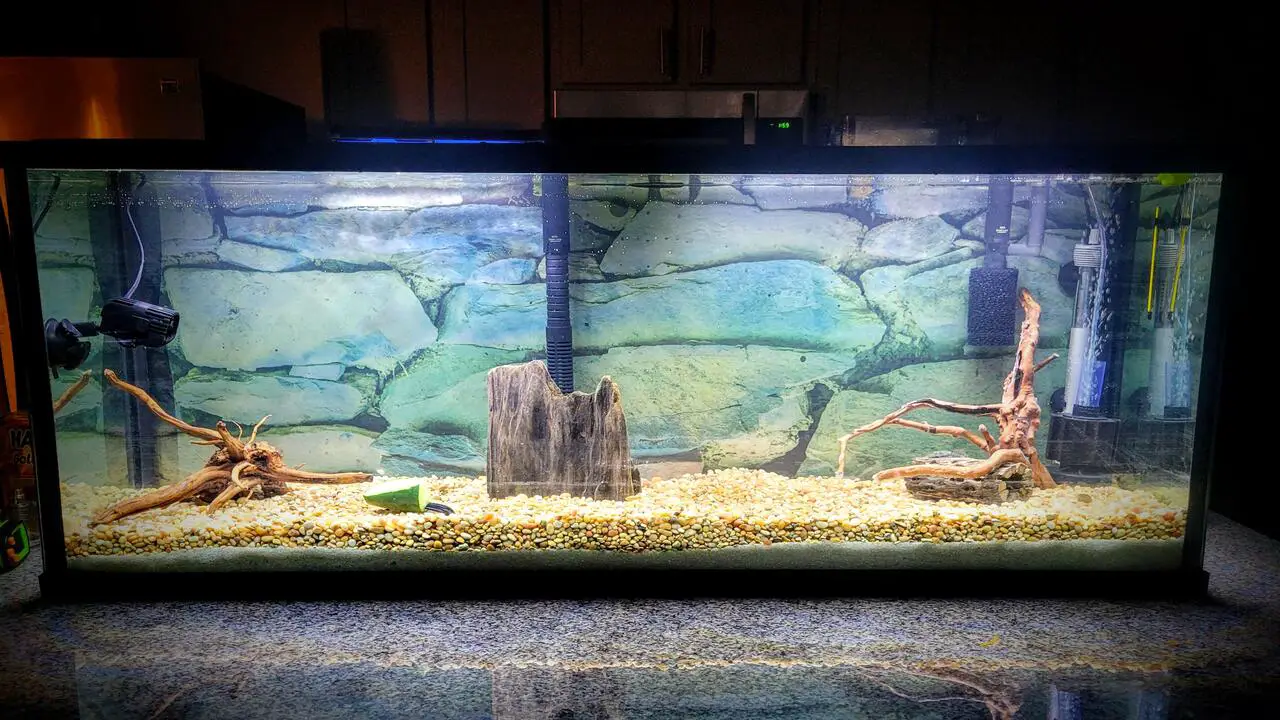
Creating DIY-Pleco caves can be a fun and rewarding project, but it is crucial to prioritize safety while doing so. Always wear protective gear like gloves and eye protection, and work in a well-ventilated area to avoid inhaling dust and other particles.
Follow instructions carefully, and keep children and pets away from the workspace. Additionally, staying hydrated is important during any DIY project to prevent dehydration and fatigue. These precautions allow you to create a safe and enjoyable environment for crafting your Pleco caves.
Ensuring Material Safety
Crafting DIY-pleco caves can be an enjoyable and creative activity. Still, it’s essential to prioritize material safety. Choosing non-toxic materials that won’t harm your plecos should be your top priority. Avoid using materials that may leach chemicals or dissolve in water, as they can severely harm fish. It is crucial to research the safety of materials before using them and consider natural options like rocks or clay.
Testing new materials before incorporating them into your aquarium ecosystem is recommended. Testing will help you determine whether the material is safe and won’t negatively impact the aquarium’s inhabitants.
Additionally, make sure to clean and sterilize any materials before use to prevent the introduction of harmful bacteria into the aquarium system. The success of crafting DIY-pleco caves lies in prioritizing material safety and ensuring that every component used is safe for the health of your fish.
Preventing Injury During Assembly
When assembling any materials, it is essential to prioritize safety measures. Wearing protective gear such as gloves, goggles, and masks can prevent injuries and exposure to harmful substances. Also, handling materials with care can prevent accidents and ensure the final product is high quality. Always follow safety guidelines provided by the manufacturer or company to avoid any potential hazards during assembly.
Introducing The Pleco Cave Into The Aquarium
Pleco caves are important structures in an aquarium, providing hiding places and breeding grounds for plecos. However, cleaning and sterilising the cave before introducing it into the tank is crucial to prevent any harmful bacteria or parasites from entering the ecosystem.
Proper placement of the cave is also necessary to avoid disrupting filtration. When choosing a pleco cave, consider the size and number of plecos in your aquarium to ensure they have enough space to use effectively. DIY caves are a cost-effective alternative to store-bought ones and can be customized to fit your needs.
Choosing The Right Spot
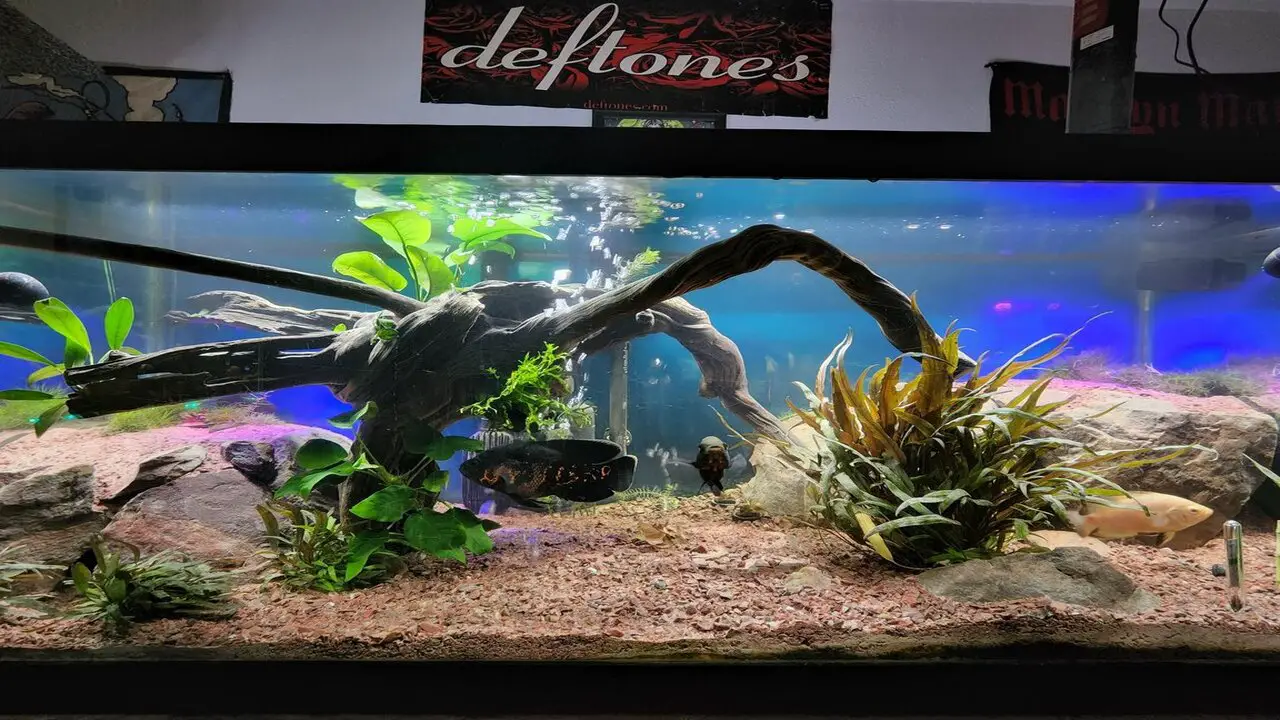
When selecting a location for plecos, there are several factors to consider. Firstly, it is important to consider the area’s water flow, as plecos prefer areas with moderate to strong water currents. Access is another crucial factor, as plecos will require easy access to their food and hiding places.
The size of the location is also important as plecos can grow quite large and will need ample space to move around comfortably. Finally, safety is paramount in ensuring your plecos remain healthy and protected from predators or other hazards.
Acclimatizing Plecos To The New Cave
When introducing a DIY cave to your plecos’ aquarium, giving them time to adjust is important. You can help ease their transition by placing the cave in a familiar spot within the tank. This will allow your plecos to become acquainted with and feel more comfortable exploring the new addition. Additionally, you can consider adding some of their favourite foods near or inside the cave to encourage them to investigate it further. Remember, patience is key when introducing new elements into your fish tank.
Maintenance And Cleaning Of DIY Pleco Caves
Maintaining DIY-Pleco Caves is crucial to keeping your aquarium clean and creating a healthy environment for your fish. It is important to use gentle cleaning techniques, such as a soft brush, to remove algae and debris. Abrasive tools or harsh chemicals should be avoided as they can cause damage and disrupt the natural balance of the aquarium. Regular water changes are also essential for maintaining cleanliness in the tank.
If any caves are damaged or unusable, they must be replaced promptly. Damaged caves can create an unsafe environment for your fish and negatively impact their health. Following these maintenance tips ensures that your DIY-Pleco Caves remain in good condition and contribute to a thriving aquarium ecosystem.
Regular Cleaning Routine
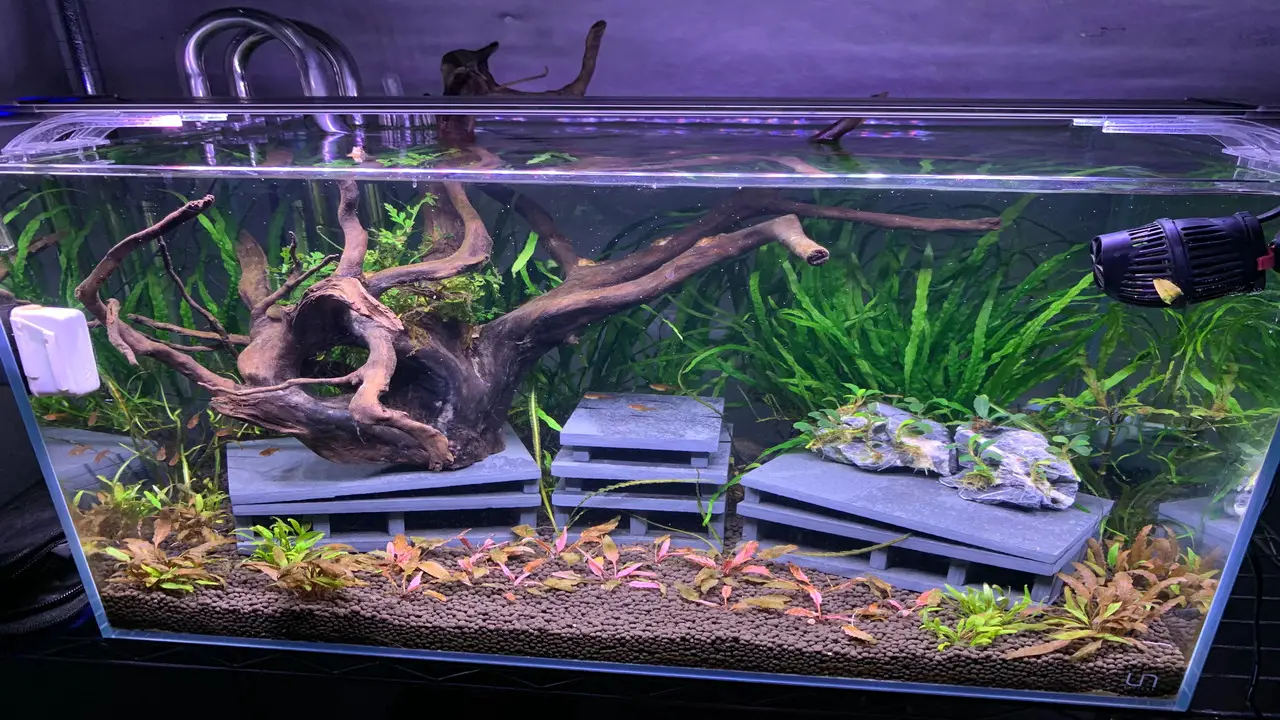
Regular cleaning is essential to maintain the health and hygiene of your DIY-pleco caves. Over time, debris and algae can accumulate on the surfaces, negatively impacting your plecos’ water quality and overall well-being. Remove any visible debris from the caves using a soft brush or sponge to establish a regular cleaning routine.
Next, rinse the caves thoroughly with clean water to remove any remaining dirt or residue. It is important to avoid using harsh chemicals or detergents, as they can harm your plecos. Finally, allow the caves to air dry completely before placing them back into the aquarium. By following this simple cleaning routine on a regular basis, you can ensure that your plecos have a clean and safe environment to thrive in.
Conclusion
Crafting DIY Pleco caves provides shelter and safety for your Plecos and creates a breeding and spawning ground for them. It is a cost-effective option that can be easily achieved with the right supplies and tools. However, it is important to prioritize safety during crafting and ensure material safety for your Plecos.
Once the cave is built, choose the right spot in the aquarium and acclimate your Plecos to the new cave. Regular maintenance and cleaning are necessary to keep the caves in optimal condition. If DIY is not your preference, commercial Pleco caves and natural substitutes are also available. Whichever option you choose, providing caves for your Plecos is crucial for their well-being.
Frequently Asked Questions
What Are Pleco Caves Made Of?
Pleco caves can be crafted from various materials, such as PVC pipes, clay pots, and rocks. It’s important to clean and sterilize natural materials before use. Some caves have multiple openings for easy cleaning, and the size and material depend on the pleco species.
What Is A Pleco Breeding Cave?
A pleco breeding cave is a safe haven for plecos to lay their eggs. These caves should be spacious enough for easy access, made from materials like PVC pipes or clay pots. Providing pleco breeding caves can increase the chances of successful breeding in your aquarium.
What Are The Benefits Of Building A DIY Pleco Cave?
Building your DIY pleco cave offers a chance to get creative and customize your aquarium setup. These caves provide a designated hiding spot for territorial plecos, reducing their stress levels. Opting for a DIY project can save you money compared to buying pre-made options.
What Is A Pleco, And Why Is It Important For Your Fish Tank?
Plecos are freshwater fish commonly found in aquariums. These fish are crucial in maintaining tank cleanliness by eating algae and debris. Additionally, their unique appearance adds aesthetic value to the tank. Providing hiding places like DIY-pleco caves reduces stress for plecos and other fish in the tank.
Do Plecos Need A Cave?
Plecos need a cave in their aquarium. It provides them with a haven and a place to hide, reducing stress and promoting overall health. Additionally, pleco caves can serve as breeding sites for these fish. DIY-pleco caves can be created using materials like PVC pipes, clay pots, or rocks.

Aquarium passion is all about connecting with the aquatic life and providing education to the public on the importance of these creatures. We showcase a wide variety of marine life through our exhibits as well as working with schools to provide unique learning opportunities for students of all ages.


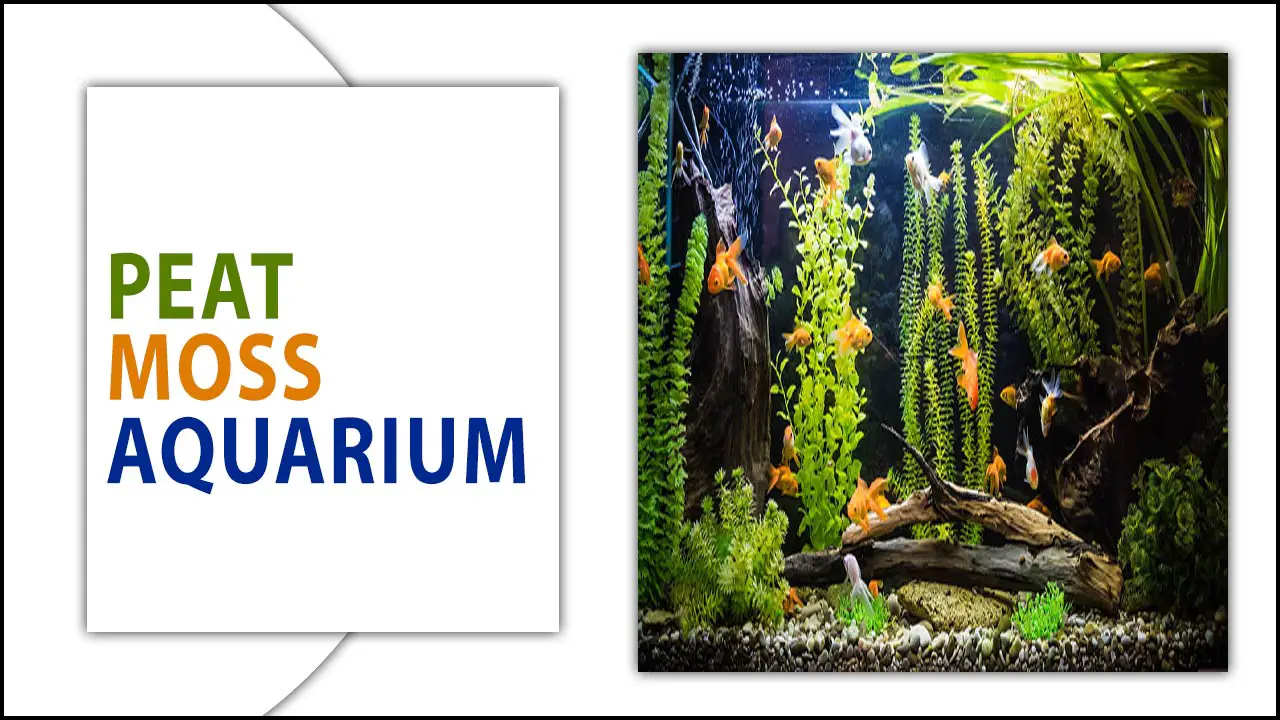
![Is Rust In Aquariums A Problem? [Fish Health Concerns Explained]](https://meekbond.com/wp-content/uploads/2023/06/Is-Rust-In-Aquariums-A-Problem.jpg)

